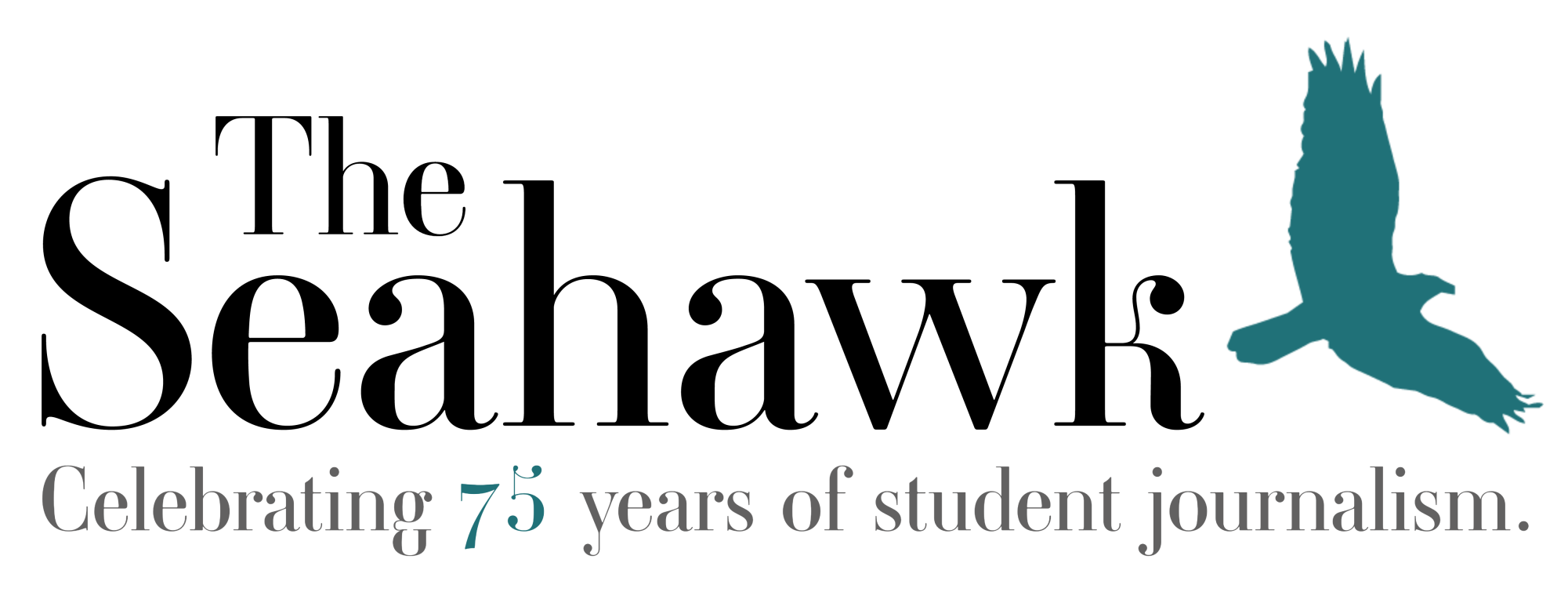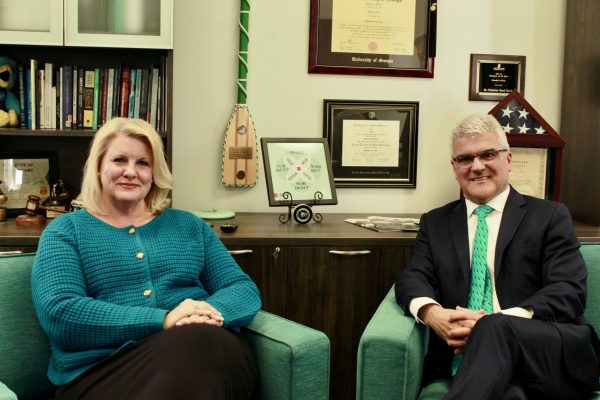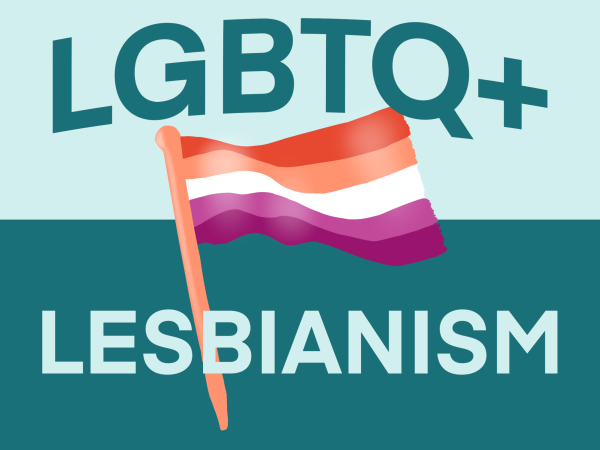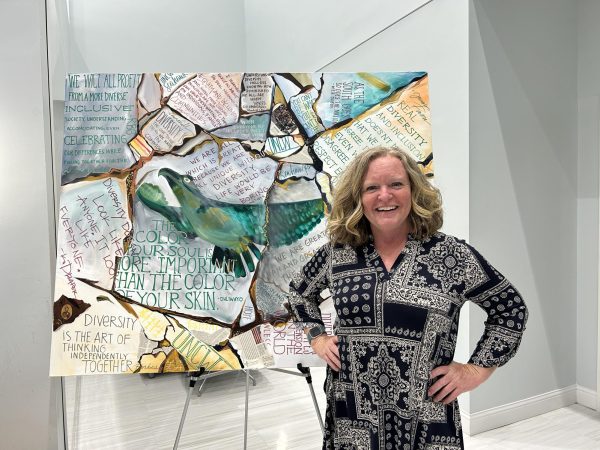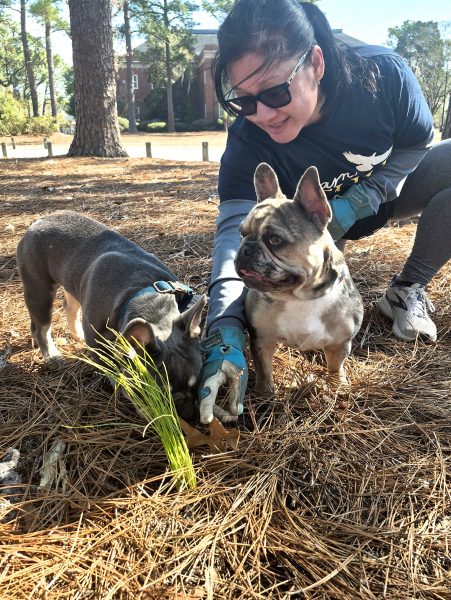Face Age Program ends fear of aging
“It all started over a cup of coffee with Andrew Belser,” said Eleanor Covan, coordinator of the Face Age Program and professor of gerontology at UNCW. “It became a marriage between the arts and sciences.”
The Face Age Program allows for a unique faculty collaboration that will hopefully affect the lives of students, parents and future health care providers by creating a conversation about aging and the perception of faces.
“The research consisted of five students from UNCW and five participants with more years of life experience. There was a one-day experiment in which the participants were paired together, one generation with another, to discuss topics of aging,” said Brenda Pavill, one of the creators of the program and an associate professor in the school of nursing. “They mentored each other. It was impressive to see where they had started and where they ended; they provided comfort and support to one another through different aspects of the experiment.”
The creators of the Face Age Program are from various disciplines at UNCW, including theater, gerontology, film studies, nursing, and computer science.
The Face Age exhibit was set up using two screens and the background wall, all facing one another, with projectors displaying the footage that Face Age had captured during the experiment. When entering the exhibit, visitors were literally in the middle of the show, and had to turn different directions to watch the film, which made the exhibit somewhat interactive. The creators were walking through the exhibit allowing visitors to ask questions.
“Watching the film this way is pretty unique,” said one visitor.
One feature of the program that most visitors found interesting was the ‘aging’ software, created by Karl Ricanek, an associate professor in computer science. During a section of the exhibit audiences watched as the participants witnessed themselves either aged or made youthful.
“It (the software) allows for better face recognition. There is a problem using current face recognition software for when people become older. If they have a younger version of themselves in the system, the software doesn’t recognize them,” said Ricanek. “This software uses 252 landmarks on the face to overcome this problem. Our faces change over time and these landmarks help the software keep up with the changes.”
This unique collaboration between the arts and sciences has created a chance for different generations to come together and feel at ease to talk to one another. The fear of aging can now be a thing of the past with the use of this program.
“The participants were able to overcome natural fear and communicate with each other,” said Ricanek. “Some of the younger ladies became upset when they saw themselves aged, but their partners comforted them and said that it doesn’t happen like that overnight. It was amazing to watch.”
The Face Age Program premiered at UNCW’s Warwick Center as a part of Chancellor Miller’s installation month and the event was held Wednesday, April 11, 2012.
“We plan to present the program in Dallas within two years,” said Andrew Belser, chair of the theater department.
The Face Age Program will soon be on tour to other campuses and museums across the United States.
